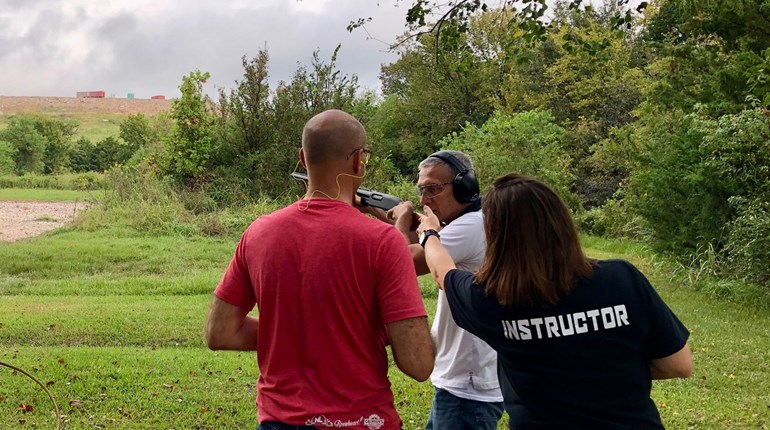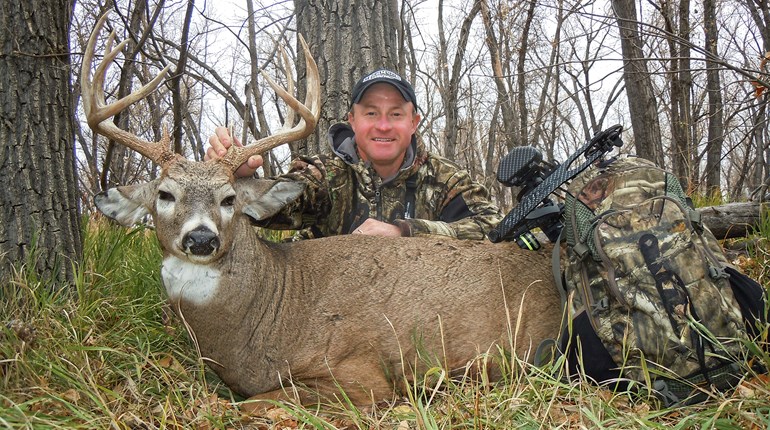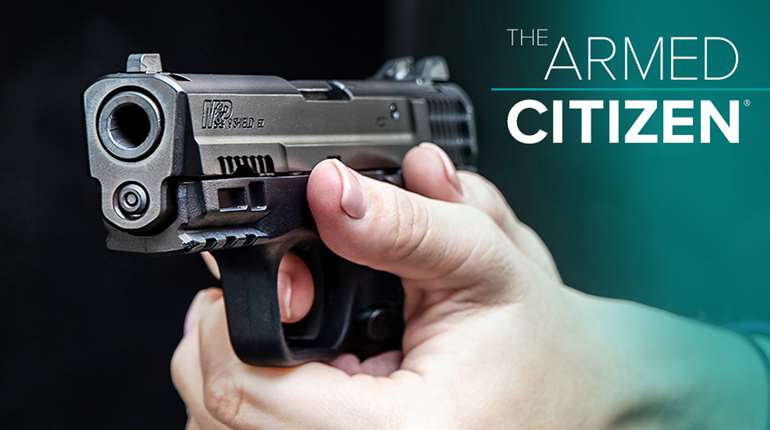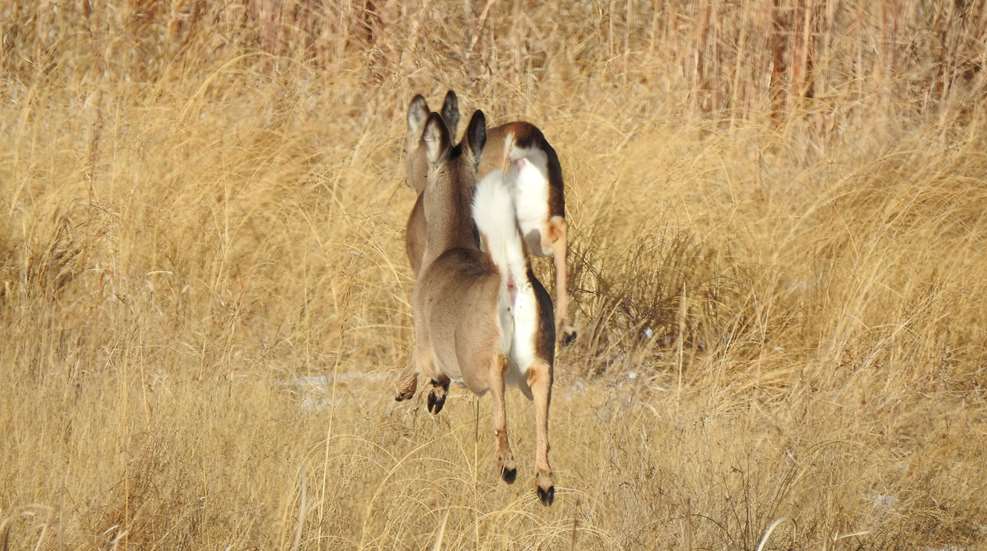
With deer season comes deer camps, telling tall tales around the campfire, and creative excuses as to why a shot was missed, or the one that got away. Sometimes there is a question of whether a deer was even hit. But if you know what to look for and how to interpret the signs, there are many things a deer will tell you, either by their actions or what they leave behind. This information can confirm whether you hit your animal, and how well you hit it.
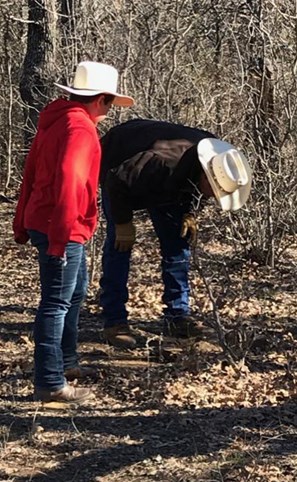
Rear Kick
Except for the “drop dead in its tracks,” the rear kick is usually the next best thing. A single rear kick means you placed your shot in the “Boiler Room” or put another way, a shot to the vitals, usually the heart and lungs. The rear kick can be very pronounced, easy to see, or it can be hardly noticeable. The rear kick that is hardly noticeable can be identified as two long and deep hoof marks in the ground where the deer was standing.
After the rear kick, the deer will take off running hard and fast. Many times, you might question if you even hit the deer. The good thing about a vital hit is that there is usually a lot of blood for tracking, especially if the bullet is through-and-through, leaving a large exit wound. The blood will either be light, dark or frothy, depending on which vital organs were hit. A hunter usually finds the dead deer quickly.
Forward Plow
The forward plow is easy to see. This is when the deer lowers its head at or below the front hocks and charges forward. The deer’s head looks as if it is going to hit the ground and the animal is about to do a somersault. The forward plow usually indicates that the bullet struck the shoulder, breaking one or both.
When you hit a deer in the shoulders, there is usually a moderate amount of blood to trail. The blood is normally light red, indicating a forward lung shot. The good thing about a shoulder shot is that the deer is usually found less than 100 yards away. The bad thing about this shot is you usually destroy the meat of the shoulder where the bullet enters. The hunter usually finds the dead deer quickly.
Butt Drop
The butt drop indicates that your bullet struck somewhere around the hams or rump of the deer. The area hit could be anywhere from the rear hocks to the lower spine, or anywhere in between. This could result in moderate to little blood loss to trail. Even though a bone or lower spine may be broken, the deer might not be easily recovered. If the bullet only strikes muscle or tendons, the deer will probably escape only to possibly die a slow death due to infection.
The butt drop is usually not a good sign. The odds are that you will not recover this deer and if you do, much of the best edible meat will be ruined. Deer that are recovered are usually still alive. Many times, the deer will be “sitting” while standing on the front legs. A follow-up shot is usually required to put the deer down.
Arching Jump
The arching jump is what no hunter wants to see. This usually means a gut shot. Depending on the shot placement, a gut shot deer normally means a lost deer because there typically is not a blood trail to follow. The deer will normally run off, bed down, and eventually die, unretrieved by the hunter. If you see your deer arch their backs and jump in the air, there is still a chance you will recover your animal. This is because the area between the heart and lungs and the hams is the largest part of the deer.
Upon investigating the area where the deer was standing, you might find hair, light colored blood, or green, partially digested food. True gut shots with stomach contents left behind usually results in a lost deer. The good thing is that you can still hit vital organs with a shot in this area. A bullet passing through the kidneys, liver, or other organs can produce a decent blood trail. Unfortunately, a deer shot in these organs can lead you on a trail that could go for a half-mile or more. Many of these deer are not easily recovered. The deer that are found are typically “jumped” as the hunter approaches along their tracking efforts, resulting in further tracking. If successful, a follow-up shot is likely needed to put the deer down.
Hair/Bone Chip
If after your shot, you see the deer act startled and take off running fast and hard, quickly observe fixed landmarks to determine where the deer was standing. This is done because there will be little sign left behind. If the only things you find are hair and maybe a bone chip, you have effectively missed. The hair could have come from the brisket, stomach, back, rump, or anywhere else. This is what is referred to as a “graze.” Sometimes you will find a bone chip. This is usually from the front legs, but also could be from the rear legs below the hocks.
A deer that is grazed or has a bone chip removed should survive. This is better than having a wounding loss on your conscious. If you are going to miss, this is the next best thing to missing the deer completely.
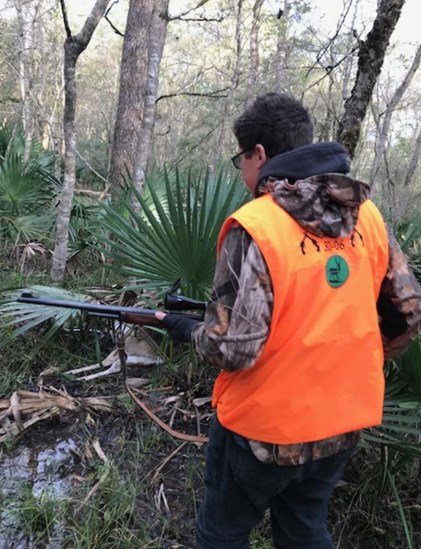
Quick Nap
Occasionally, a deer is shot, and it drops “dead” in its tracks. This is the scenario that most hunters want. The issue comes when you are watching the animal and waiting the recommended 30 minutes to ensure the deer bleeds out, or you walk up on the deer and it gets up, shakes it off, and heads for the hills, leaving you with a puzzled look on your face. When this occurs, it is usually because you grazed the spine.
This would also be like a miss. There might be hair left behind, but there will probably be no blood left on the ground. Once again, this is better than a bad placed shot resulting in wounding loss.
Light Blood
Light colored blood usually means a lower organ penetration or lower lung shot. If it is a lower organ shot, there might be moderate to little blood to trail. Of course, there is going to be more blood if there is an exit wound. A lung shot usually produces more blood to trail. The color of lung blood will range between a light, pinkish color to a darker red depending on the part of the lung shot and where the transfer of carbon dioxide and oxygen occurs.
Depending on the shot placement will determine how far you will have to track the animal. If you only find light blood, it will usually indicate that it will take a while for the deer to bleed out. This is when you would stay in your stand to give the animal time to succumb to its wounds. It you start tracking too early, you could continue “pushing” the deer and that increases the risk of wounding loss.
Frothy Blood
If you examine the area where the deer was standing and you discover frothy light-colored blood, chances are you will recover your animal. This usually indicates a good double-lung shot. After the deer is lung-shot, it will run into the brush hard and fast, trying to escape. Fortunately for the hunter, this flight is futile for the deer. Most of the time a frothy light-colored blood trail means a quick recovery of a dead animal. When I take a shot at a deer and it runs off, frothy light-colored blood is what I am hoping for.
Dark Blood
If you examine the area where the deer was standing and you discover only dark blood, this indicates a heart shot. Ideally, you are looking for the heart-lung shot, and you will have dark blood and frothy light-colored blood. If you only have dark blood, you may have hit the lower chamber of the heart. It is a good shot, and the deer should succumb to its wounds, but many times, the deer runs a long way. The bad part is that the longer it runs the more likely you will lose your deer. The good part is that there is a good chance you will find your deer dead, not needing a follow-up shot.
Understanding these tell-tell signs will help you understand what is happening immediately after the shot. It is also important to realize that not all deer act the same so be willing to think out of the box. The most important thing is to recover your animal. Wounding loss is never fun, and anyone who has ever lost an animal will tell you they never forgot what it was like, and many will tell you they still feel remorse. Recovering your downed trophy can be just as exciting as when it first stepped out of the brush in your sights!












